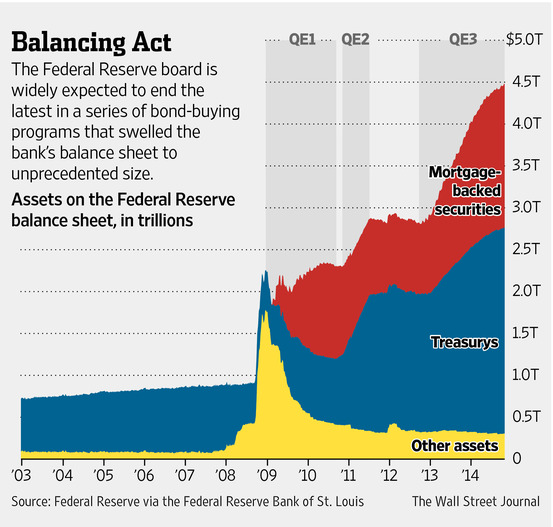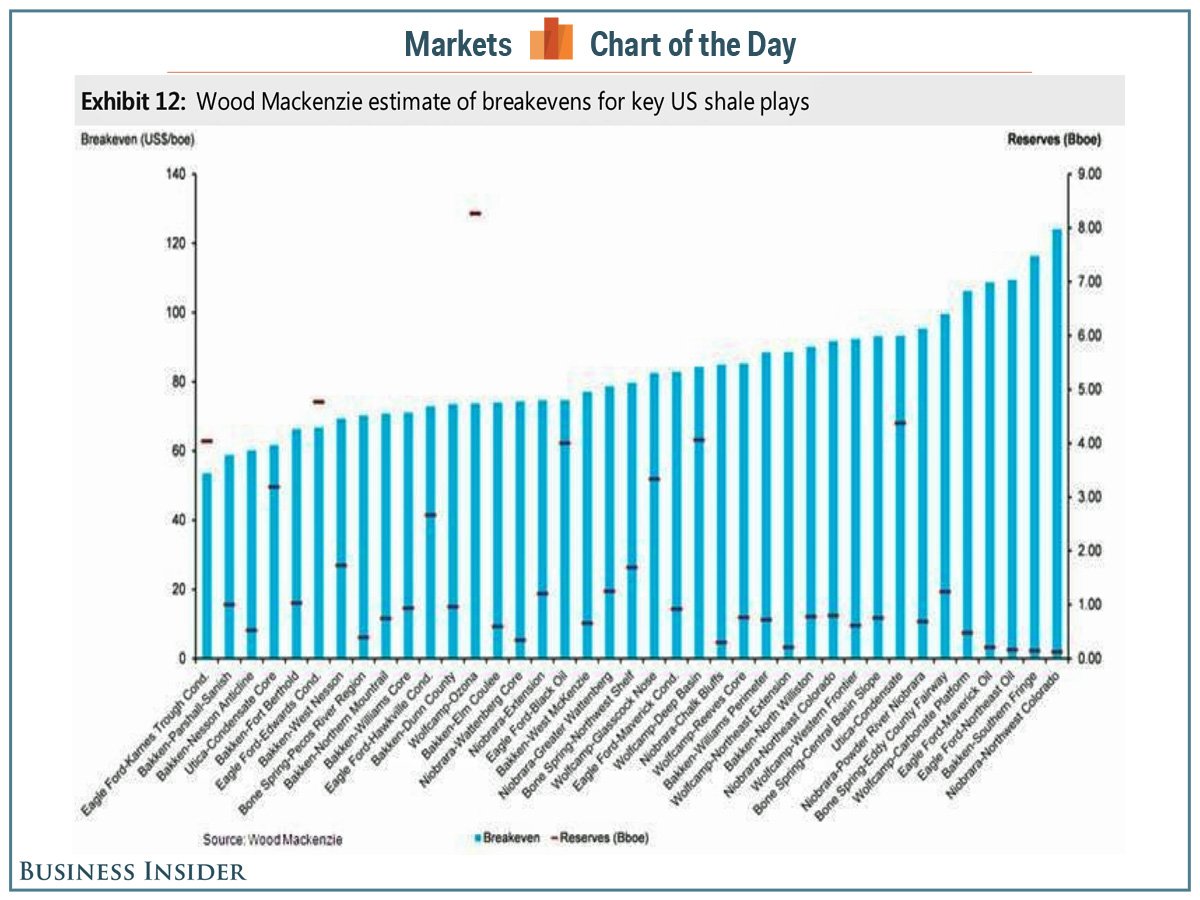APPLETON, Wis., Nov. 11, 2014 /PRNewswire/
Historical index data for the Endowment Index™ — calculated by Nasdaq OMX® — is now available through major index and investment databases, including Bloomberg, Morningstar, and Interactive Data. In addition, the 30,000+ advisors on the Envestnet platform can now select the Endowment Index™ to benchmark client portfolios. Endowment Index™ data can be accessed through most major quote providers and websites under the symbol “ENDOW.” The Index’s Morningstar ID is F00000TPG6.
The Endowment Index helps trustees, portfolio managers, consultants and advisors to endowments, foundations, trusts, defined benefit/defined contribution plans, pension plans and individual investors more appropriately track the performance of and analyze globally-diversified, multi-asset portfolios. The Endowment Index™ is an objective benchmark comprised of three major asset class building blocks: Global Equity, Global Fixed Income, and Alternatives, which includes hedge funds, private equity and real assets. The Endowment Index™ is a total return index and all underlying components are comprised of exchange-traded funds or other investable securities. Endowment Wealth Management, Inc. in collaboration with ETF Model Solutions, LLC earlier this year launched the Endowment Index™ as a benchmarking tool for investors in globally-diversified, multi-asset portfolios that include alternative investments.
Endowment Wealth Management, Inc. is an independent Private Wealth Management Firm using a Multi-Client Family Office service model, whose mission is to grow wealth for individuals, families, retirement plans, endowments, foundations and other institutions through the utilization of the Endowment Investment Philosophy™. EWM can construct index-based portfolios for investors based upon the Endowment Index™ asset allocation.
ETF Model Solutions, LLC, is third party investment manager and ETF strategist that builds investment models for 401(k) plans, Investment Advisors within their practice, Family Offices, Endowments, Foundations, Trusts, and Individual Investors. The Firm is the fund manager for the Endowment Multi-Asset ETF Collective Investment Fund, available for use in 401(k) and other retirement plans.
Contact:
Prateek Mehrotra, MBA, CFA®, CAIA®
Email
920.785.6010
www.EndowmentWM.com or www.ETFModelSolutions.com
Disclosure: You typically cannot invest directly in an index. Indexes do not contain fees. Information presented is for educational purposes only and is not intended as an offer or solicitation for the sale or purchase of any specific securities, investments, or investment strategies, nor shall it be construed to be the provision of investment advice. Investments involve risk and unless otherwise stated, are not insured or guaranteed. Be sure to consult with a qualified financial advisor and/or tax professional before implementing any investment strategies. While the firms are related and share corporate offices, Endowment Wealth Management, Inc. and ETF Model Solutions, LLC are each individually registered as an investment adviser in the State of Wisconsin. A copy of each firm’s respective disclosure document, Form ADV Brochure Part 2, is available upon request.




